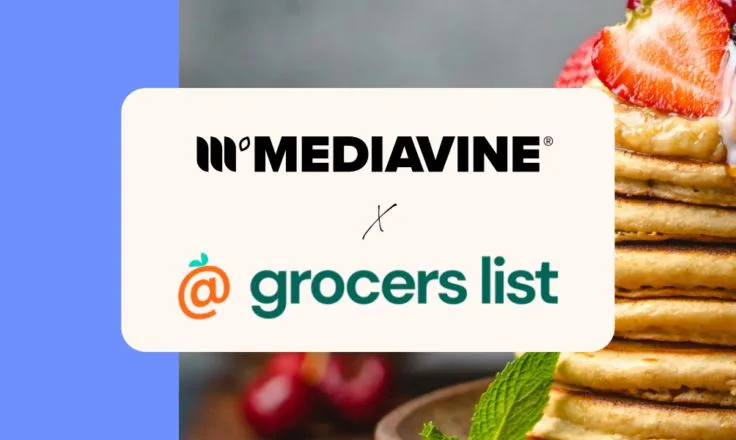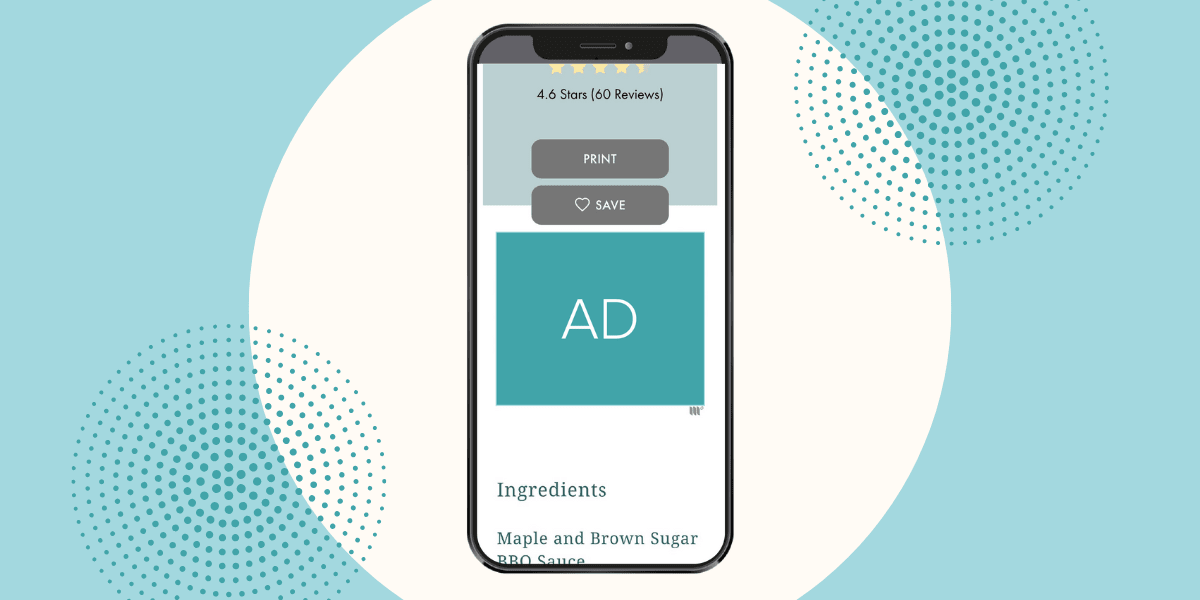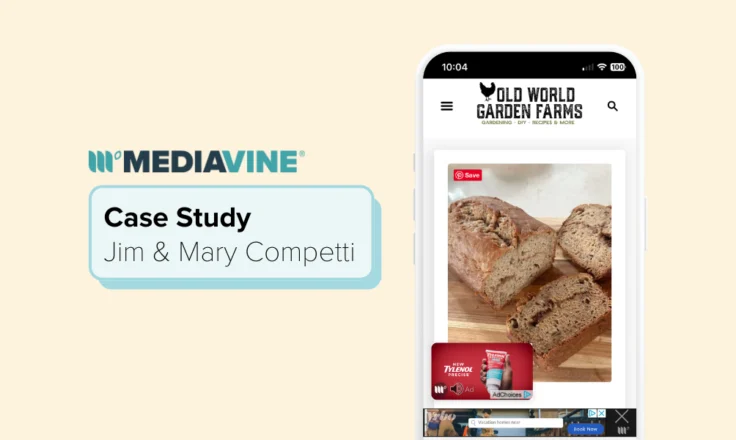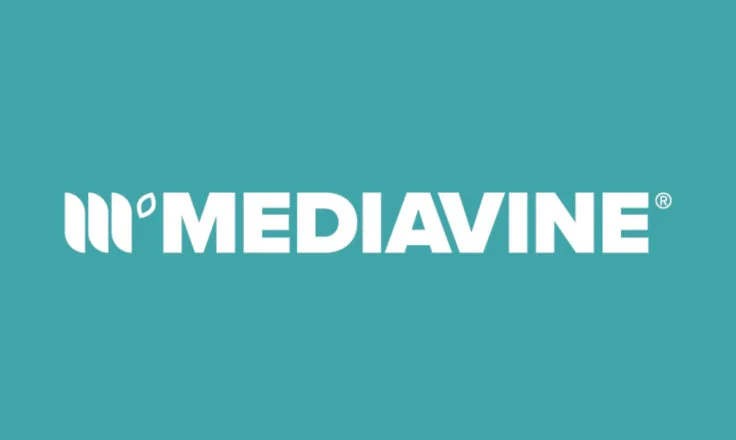 Eric Hochberger
Eric Hochberger
By now, we’re all aware that generative AI is dramatically changing the web, leaving content creators — whose work is used to train powerful AI models — under duress. But …
 Eric Hochberger
Eric Hochberger
By now, we’re all aware that generative AI is dramatically changing the web, leaving content creators — whose work is used to train powerful AI models — under duress. But …
Stay up to date with the latest from Mediavine
 Eric Hochberger
Eric Hochberger
Wondering about the requirements to become a publisher at Mediavine? You’ve come to the right place. Mediavine is for big bloggers and smaller publishers alike, placing a premium on original …
It’s the end of June! The summer sun is shining, the days are long, and if you are a Mediavine blogger you are likely very much enjoying your earnings this …
 How to Find Sessions in Google Analytics 4
How to Find Sessions in Google Analytics 4
 How To Do A Plugin Self Audit: The Mediavine Way
How To Do A Plugin Self Audit: The Mediavine Way
 How Grow Helped The Hollywood Gossip Make $100,000. Already.
How Grow Helped The Hollywood Gossip Make $100,000. Already.
 What is Mediavine? Ad Management and So Much More
What is Mediavine? Ad Management and So Much More
 Mediavine Partners with Grocers List for Education and Special Discounts
Mediavine Partners with Grocers List for Education and Special Discounts
 Mediavine’s CMP Moves to CONSENTMANAGER: Unlocking Enhanced Compliance and Revenue Opportunities for Publishers
Mediavine’s CMP Moves to CONSENTMANAGER: Unlocking Enhanced Compliance and Revenue Opportunities for Publishers
 Best eCPM Days of 2025 (With Printable) – Behind the Numbers with Brad
Best eCPM Days of 2025 (With Printable) – Behind the Numbers with Brad
 Applying for Mediavine – Frequently Asked Questions and What you Need to Know
Applying for Mediavine – Frequently Asked Questions and What you Need to Know
 A New Home for Trellis
A New Home for Trellis
 In-Content Ad Experience: A New Approach Benefits Publishers and Advertisers Alike
In-Content Ad Experience: A New Approach Benefits Publishers and Advertisers Alike
 How One Couple Grew a Small Gardening Blog into a Multi-site, $1 million+ Portfolio
How One Couple Grew a Small Gardening Blog into a Multi-site, $1 million+ Portfolio
 Thank You, Amber Bracegirdle: Reflections on a Decade of Impact
Thank You, Amber Bracegirdle: Reflections on a Decade of Impact
 Creator-First Future: Where Are Those Morgans
Creator-First Future: Where Are Those Morgans
 Trying Something New Pays Off for the Best Little Sites Network
Trying Something New Pays Off for the Best Little Sites Network
Stay up to date with the latest from Mediavine